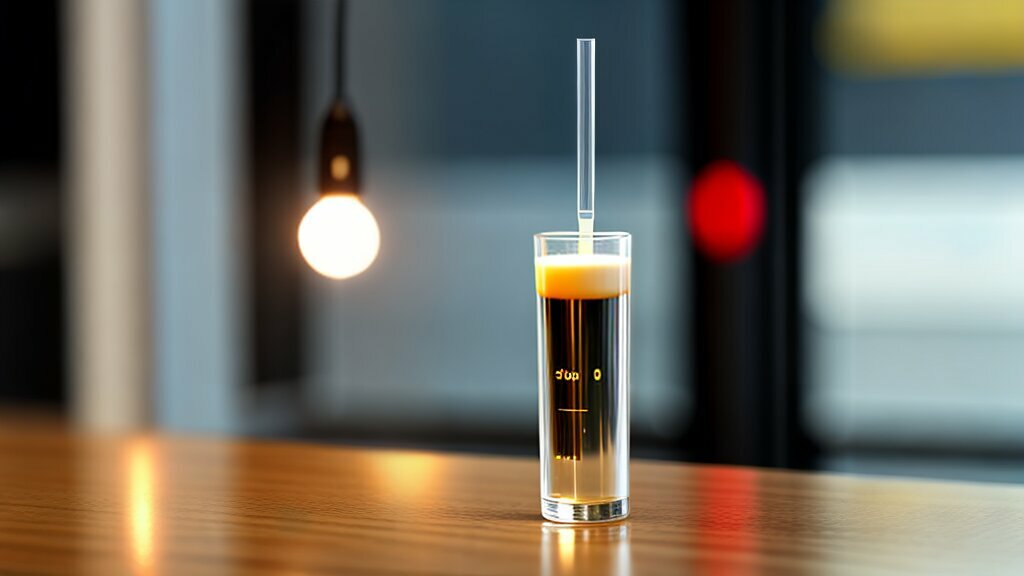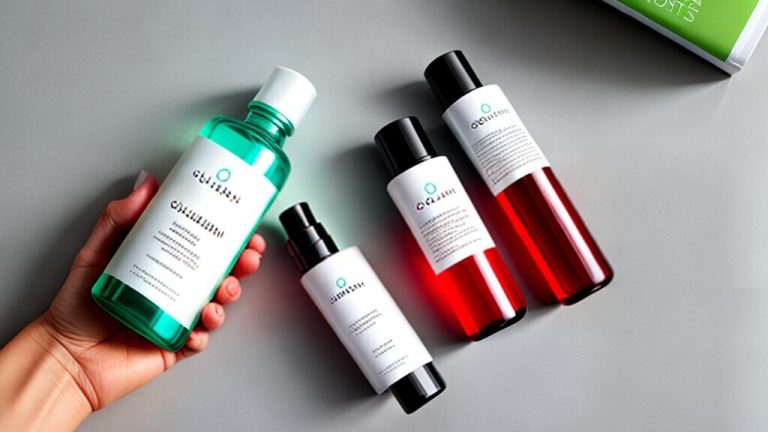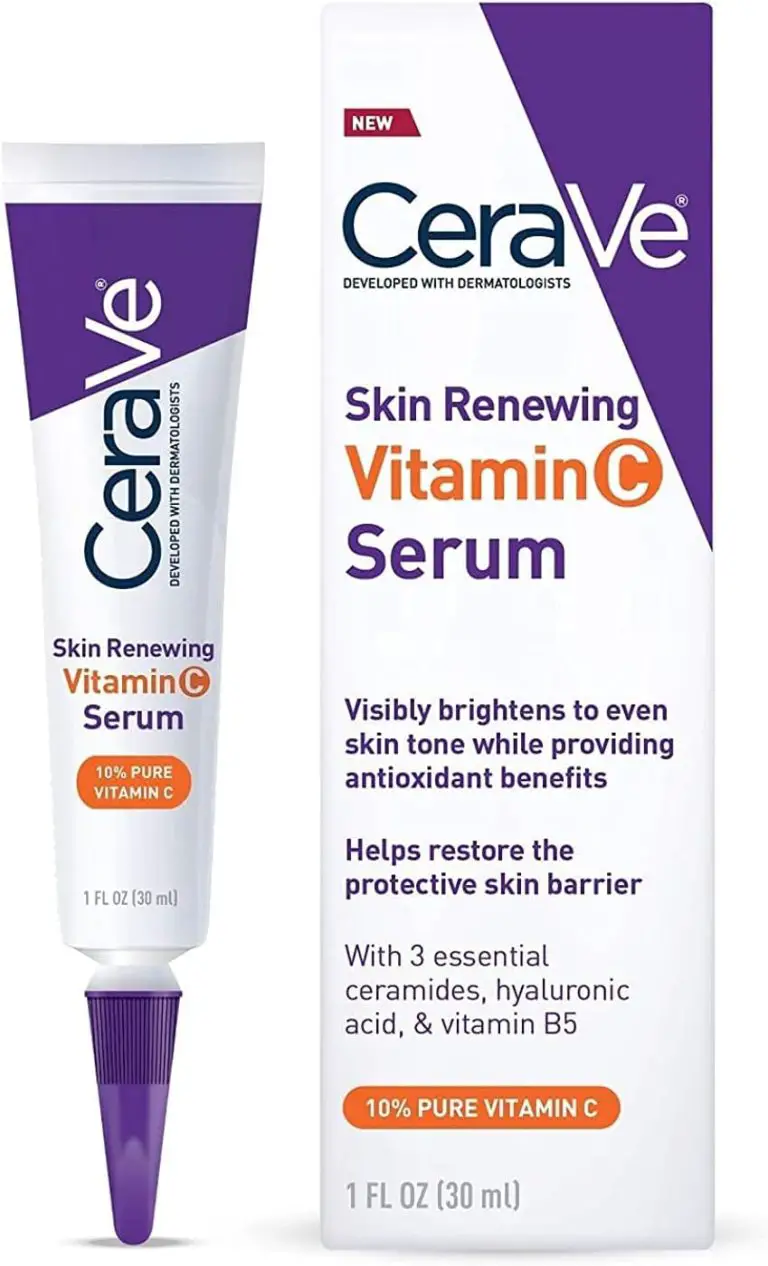How to Make Hyaluronic Acid Serum? Find Out Now!
Hyaluronic acid is a powerful skincare ingredient which will get you achieve a youthful and radiant complexion. However, purchasing pre-made serums can be expensive. In this guide, we’ll show you how to make your hyaluronic acid serum at home with natural ingredients and simple steps
Key Takeaways
- Making your hyaluronic acid serum is cost-effective and customizable.
- Choosing natural, high-quality ingredients is crucial for the effectiveness of your serum.
- Adding other active ingredients can enhance the benefits of your serum.
- Proper storage is essential to the longevity and effectiveness of your serum.
- Using your serum consistently can lead to noticeable improvements in your skin.
Understanding Hyaluronic Acid and Its Benefits
Before we dive into the process of making hyaluronic acid serum, it’s essential to understand what hyaluronic acid actually is and how it benefits the skin.
Hyaluronic acid is a naturally happening molecule in the body crucial in maintaining skin hydration. It is a humectant, that attracts and retains moisture in the skin. Our skin loses certain amount of hyaluronic acid as we age, further leading to dryness, face lines, and wrinkles.
When applied topically, hyaluronic acid aids to hydrate and plump the skin, giving your skin a smoother, more youthful appearance. It also has major anti-inflammatory properties, making this an excellent ingredient for soothing sensitive or irritated skin.
Incorporation to its hydrating and anti-inflammatory benefits, hyaluronic acid has been proven to boost collagen production, which is crucial for sustaining the skins elasticity and firmness. It also has antioxidant properties that can help secure the skin from environmental stressors like pollution and UV radiation.
Gather Your Ingredients
You will need to understand these few ingredients to make your own hyaluronic acid serum. It’s essential to choose high-quality, natural ingredients to ensure the effectiveness of your serum. Here are the ingredients you will need:
| Ingredient | Purpose |
|---|---|
| Hyaluronic acid powder | Main ingredient that provides hydration and plumpness to the skin |
| Distilled water | Diluent used to dissolve the hyaluronic acid powder |
| Vegetable glycerin | Humectant that draws moisture to the skin and prevents dryness |
| Aloe vera gel | Calms the skin, reduces inflammation and irritation |
| Vitamin C serum | Antioxidant that brightens skin and the look of lines and wrinkles |
If you have sensitive skin, you may want to omit certain ingredients or do a patch test before including the serum on your face.
Preparing the Hyaluronic Acid Solution
Preparing the hyaluronic acid solution is the first step in making your homemade hyaluronic acid serum. This solution will serve as the base of your serum and will allow you to harness the many benefits of this powerful skincare ingredient.
Mixing the Hyaluronic Acid Powder with Distilled Water
To make the hyaluronic acid solution, you will need to mix hyaluronic acid powder with distilled water. We recommend using a digital scale to ensure accurate measurements.
| Ingredients | Measurement |
|---|---|
| Hyaluronic Acid Powder | 1 gram |
| Distilled Water | 100 milliliters |
Note: If you prefer a thicker serum, increase the hyaluronic acid powder to 1.5 or 2 grams.
Follow these steps to prepare the hyaluronic acid solution:
- Add the hyaluronic acid powder to a small, clean mixing bowl.
- Slowly pour the distilled water into the bowl while stirring the mixture with a clean whisk or spoon.
- Stir until the powder gets completely dissolved and the solution is clear.
Once the hyaluronic acid solution is thoroughly mixed, you can move on to adding any additional active ingredients to your serum.
Adding Active Ingredients
While hyaluronic acid is a powerhouse skincare ingredient on its own, you can enhance the benefits of your serum by incorporating additional active ingredients. Here are some popular options:
| Active Ingredient | Benefits |
|---|---|
| Vitamin C | Boosts collagen production, brightens skin, evens out skin tone |
| Vitamin E | Antioxidant, protects skin from damage caused by free radicals, reduces inflammation |
| Green tea extract | Antioxidant reduces inflammation, protects skin from UV damage |
| Retinol | Reduces fine lines and wrinkles, improves skin texture, boosts collagen production |
When adding active ingredients to your hyaluronic acid serum, be mindful of the concentration and compatibility with other ingredients. It’s best to start with a low concentration and gradually increase if needed. You can also do patch tests to ensure compatibility and avoid adverse reactions.
Customizing Your Serum
Making your hyaluronic acid serum allows you to customize it based on your skin’s unique needs. Here are some tips for adjusting the concentration of hyaluronic acid and other ingredients:
- Increasing the concentration of hyaluronic acid: If you have dehydrated skin, you may benefit from a higher concentration of hyaluronic acid. You can increase the hyaluronic acid powder in your recipe to achieve a more potent serum.
- Adding other active ingredients: Depending on your skin concerns, you may want to add other active ingredients to your serum. For example, if you have dark spots or hyperpigmentation, you can add vitamin C powder to brighten your skin. Or, if you have acne-prone skin, you can add tea tree oil to help control breakouts.
- Adjusting the pH balance: Hyaluronic acid works best at a pH between 5.0 and 7.5. You can use pH strips to test the pH level of your serum and adjust it by adding a small amount of citric acid or baking soda.
Remember to keep track of any changes you make to your recipe so you can replicate your customized serum in the future.
Proper Storage and Shelf Life
Proper storage is critical to ensuring the longevity and effectiveness of your homemade hyaluronic acid serum. To keep your serum in optimal condition:
- Keep it in a cool, dry place that’s away from direct sunlight.
- Avoid introducing it to heat or humidity, which can cause the serum to degrade.
- Use a dark glass bottle to protect the serum from light exposure.
Your hyaluronic acid serum can last up to six months when stored properly. However, it’s important to note that the serum’s effectiveness may diminish over time, so it’s best to use it within a few months of making it.
Including a Hyaluronic Acid Serum into Your Skincare Routine
Now that you have made your hyaluronic acid serum, you must know how to use it effectively to obtain optimal results. Follow these tips to incorporate it into your skincare routine:
- Wash your face thoroughly before applying the serum.
- Apply a small amount of serum to your fingertips and rub it onto your face and neck.
- Let the serum to soak fully into your skin before applying any other skincare products.
- Depending on your skin’s needs, you can use the serum in the morning and evening.
- It is recommended to follow up with a moisturizer to lock in the moisture provided by the serum.
With consistent use, you should notice a visible improvement in your skin’s texture and appearance. Remember to be patient and allow time for the serum to work its magic.
Results and Benefits of Hyaluronic Acid Serum
After incorporating hyaluronic acid serum into your skincare routine, you can expect numerous improvements in your skin’s appearance and texture. Some of the major benefits of hyaluronic acid serum include:
- Increased hydration: Hyaluronic acid is a natural humectant that draws moisture to the skin. Hyaluronic acid serum will make your skin feel more hydrated and plump.
- Reduced fine lines and wrinkles: Hyaluronic acid can help reduce the look of lines and wrinkles by boosting the skin’s hydration levels and promoting collagen production.
- Brighter, more even skin tone: Hyaluronic acid can help minimize the look of dark spots and hyperpigmentation, leading to a brighter and more even skin tone.
- Improvement in overall skin texture: By increasing hydration levels and promoting collagen production, hyaluronic acid serum can help make better the overall texture of your skin.
As with any skincare product, the results of hyaluronic acid serum may vary depending on your skin type and individual needs. However, the beneficial effects of this powerful ingredient are well documented and have been experienced by countless users.
Potential Side Effects and Precautions
Hyaluronic acid is usually safe for most people, but it’s essential to be aware of possible side effects and take necessary precautions.
When using hyaluronic acid products, some people may experience skin irritation or allergic reactions. If you notice redness, itching, or swelling after using hyaluronic acid serum, stop using it immediately and consult your dermatologist.
If you have a history of allergies or sensitive skin, it’s recommended to patch-test the serum on a small area of your skin before applying it to your face. This can help you identify potential adverse reactions before using the product on your face.
Additionally, it’s essential to follow the instructions carefully when making your hyaluronic acid serum to ensure the concentration of the ingredient is safe for your skin type. Too much of concentration of hyaluronic acid can cause dryness or irritation, while too low a concentration may not provide noticeable benefits to your skin.
As with any skincare product, it’s essential to use the product as advised and avoid overuse. Using hyaluronic acid serum too frequently or in large quantities may lead to clogged pores or other skin issues.
If you have any concerns or questions about using hyaluronic acid serum, it’s always best to consult a dermatologist or healthcare professional.
Other Uses of Hyaluronic Acid
Hyaluronic acid is not just a beneficial skincare ingredient but also numerous other health benefits. Hyaluronic acid is naturally present in various body parts, including the eyes, joints, and connective tissues.
One of the most common medical applications of hyaluronic acid is joint health. Hyaluronic acid injections are often prescribed to individuals with joint pain or osteoarthritis to provide lubrication and reduce inflammation. Also, hyaluronic acid has been shown to promote wound healing by reducing inflammation and tissue regeneration.
Research has also demonstrated the potential benefits of hyaluronic acid for eye health. A study in Japan found that daily intake of hyaluronic acid supplements improved dry eye symptoms in elderly individuals. Hyaluronic acid eye drops have also been shown to improve eye dryness and irritation symptoms.
Furthermore, hyaluronic acid has been shown to have antimicrobial and antioxidant properties, which may provide additional benefits for overall health and wellness.
Conclusion
By making your hyaluronic acid serum at home, you can achieve the powerful benefits of this miracle ingredient for your skin. Not only is it cost-effective, but it also allows you to customize the serum to meet your individual skincare needs.
Using hyaluronic acid serum consistently can lead to many benefits, from reducing the appearance of fine lines and wrinkles to delivering deep hydration to the skin. It’s essential to store your serum correctly and follow guidelines for safe usage to avoid any potential side effects.
Beyond skincare, hyaluronic acid has been shown to have numerous other health benefits, making it a valuable addition to any wellness routine. Whether you want to improve your skin or achieve overall health and wellness, hyaluronic acid is worth considering.

I’m Carol Edwards, the force behind SerumDeals.com – your one-stop for all things serum. With over a decade of obsessing over skincare, I’m here to demystify sensational skin. I dig deep, testing serums in action. Beyond the surface, I uncover actual effectiveness. From ingredient breakdowns to real-life testing, my reviews are your trustworthy guide. Whether you’re a skincare rookie or diving into specifics like anti-aging or hydration, I’ve got your back with accurate info. Let’s simplify the serum journey together. SerumDeals.com isn’t just a site; it’s a hub for thriving skincare aficionados. Join me to uncover vibrant skin, one serum at a time.
Glowingly, Carol Edwards






